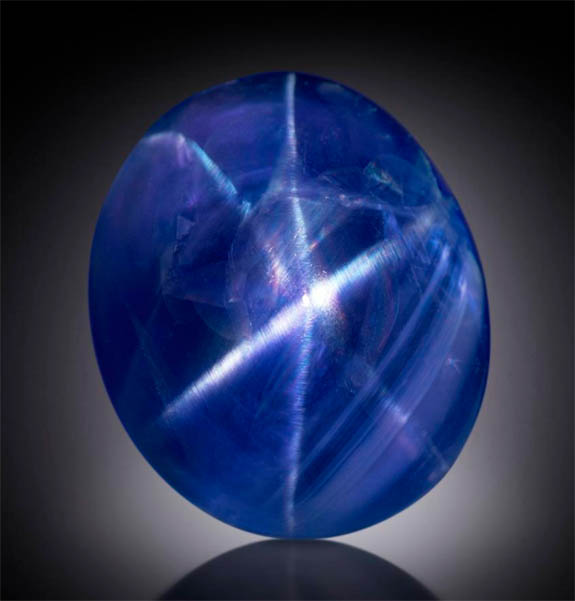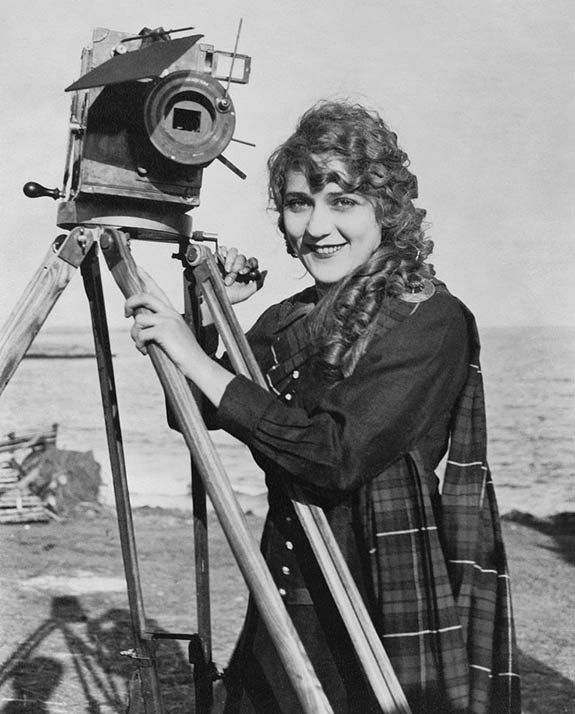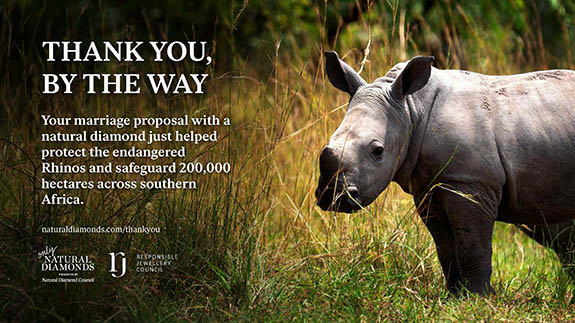Welcome to Music Friday when we love to revitalize long-forgotten tunes with jewelry, gemstones or precious metals in the lyrics or title. In Elvis Costello’s “The Element Within Her,” the singer-songwriter-poet uses precious gems to describe a girl who is radiant on the inside and out.
He sings, “It’s the element within her / Something under her skin / That is shining out through the face of the girl / Two sapphires and a couple of rows of pearls.”
Taken literally, the two sapphires likely represent sparkling blues eyes, while the rows of pearls symbolize the brilliant white teeth of a dazzling smile. (Yes, the timing of this song is perfect because sapphire is September’s official birthstone.)
Elvis Costello and the Attractions released “The Elements Within Her” in 1983 as the fourth track of their album, Punch the Clock. The album met with moderate success as it reached #24 on the U.S. Billboard Pop Albums chart.
Even though “The Elements Within Her” never charted as a single, the song has been included on many of Costello’s set lists. According to a Costello fan site, “Elements” was first performed live in London in 1983, and the last time fans enjoyed it live was in Chicago in 2011.
Born in London in 1954, Declan Patrick Aloysius MacManus became Elvis Costello when his manager, Jake Riviera, suggested that he merge Elvis Presley’s first name with Costello, which was his dad’s stage name (Day Costello).
Elvis Costello is credited with being a pioneer of the British punk and new wave movements in the mid-to-late 1970s. Costello and The Attractions were inducted into the Rock and Roll Hall of Fame in 2003. Rolling Stone magazine ranked Costello #80 on its list of the 100 Greatest Artists of All Time.
We hope you enjoy the audio track of Costello and the Attractions performing “The Elements Within Her.” The lyrics are below if you'd like to sing along...
“The Element Within Her”
Written by Elvis Costello. Performed by Elvis Costello and the Attractions.
It’s the element within her
Something under her skin
That is shining out through the face of the girl
Two sapphires and a couple of rows of pearls
It’s just a part of it
Like your fine tresses
You know what my guess is
La la la la la la la la la la la
It’s the element within her
Something under her skin
That is shining out through the face of the girl
Two sapphires and a couple of rows of pearls
And he was a playboy
Could charm the birds right out of the trees
Now he says, “What do I do with these?”
La la la la la la la la la la la
This love in my heart
Let no one set asunder
Sometimes I wonder
La la la la la la la la la la la la la la la
But back in the bedroom
With her electric heater
He says, “Are you cold?”
She says, “No, but you are la…”
La la la la la la la, la la la la la la la la la
It’s the element within her
La la la la la la la la la la la la la la la
La la la la la la la la la
It’s the element within her
La la la la la la la la la
It’s the element within her
La la la la la la la la la
It’s the element within her
La la la la la la la la la
Oh, it’s the element within…
Credit: Photo by David Kabot, CC BY 2.0, via Wikimedia Commons.



